Fiber optic cables, a cornerstone of modern communication, are quite distinctive in their appearance. They bear a superficial resemblance to conventional copper wire cables yet possess distinct characteristics that set them apart. Encased within a protective outer sheath, these cables contain numerous strands of glass fibers, each finer than a human hair. These delicate strands play a crucial role in transmitting information at the speed of light.
What is a Fiber Optic Cable?
Fiber optic cables are a specialized form of communication cables that utilize light signals for the transmission of data. They are made up of thin strands of glass or plastic fibers, each about the width of a human hair, bundled together in protective casings. Each strand acts like an individual wire and can carry much more data than copper wires. These cables have brought about a communication revolution, enabling lightning-fast speeds and seamless data transfer across vast distances.
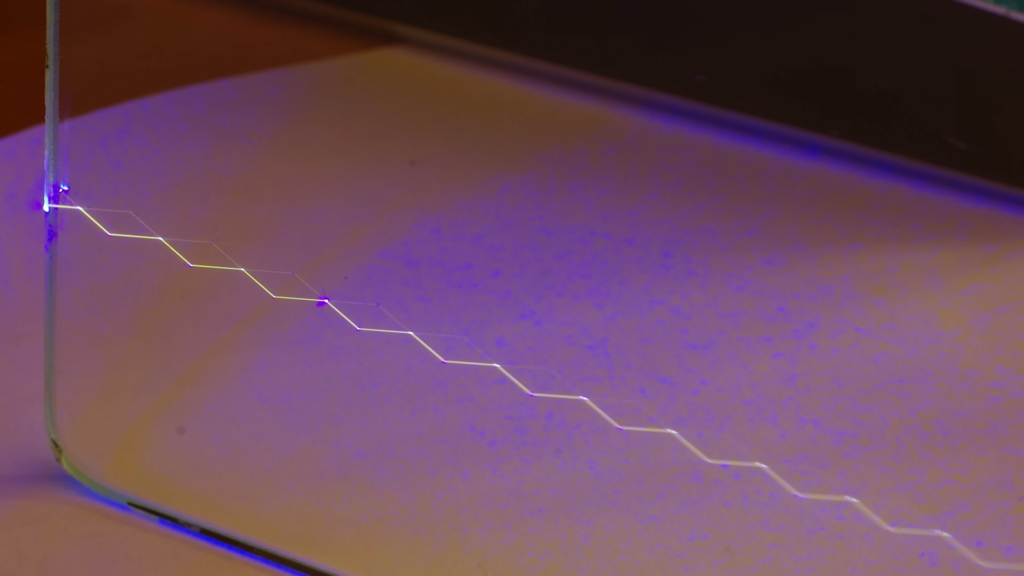
Fiber optic cables find wide-ranging use across various applications, serving as conduits for telephone and internet connections, as well as for broadcasting TV and radio signals. In addition, they are increasingly being utilized in the medical field due to their ability to transmit large amounts of data with very little signal loss.
The design of fiber optic cables has also evolved over time. These cables typically consist of an outer protective sheath, a core of multiple fibers, and a coating. The outer sheath helps protect the cable from damage and environmental hazards such as water or sunlight. Inside the sheath, the fiber core contains several individual strands that are coated with a material to make them easier to connect. This makes it possible for data to be transmitted quickly and accurately through the cable. [1]
Benefits of Fiber Optics Cables
Fiber optic cables provide numerous advantages compared to conventional copper wires. They are much thinner and lighter, making them easier to install and transport. Additionally, fiber optics can carry much more data than traditional copper wires, allowing for faster speeds and greater data transfer distances.
Another benefit of fiber optics is that they are less susceptible to interference from other electrical signals or electromagnetic radiation. This makes them ideal for use in areas where there is a lot of activity, such as crowded cities or airports. Fiber optics are also less likely to be affected by signal fading or crosstalk, allowing for reliable data transfer.
Finally, fiber optic cables can be used in hazardous environments where traditional copper wires would not be safe. They do not conduct electricity and are not affected by extreme temperatures or pressure, making them ideal for use in areas with a lot of moisture or corrosive environments.
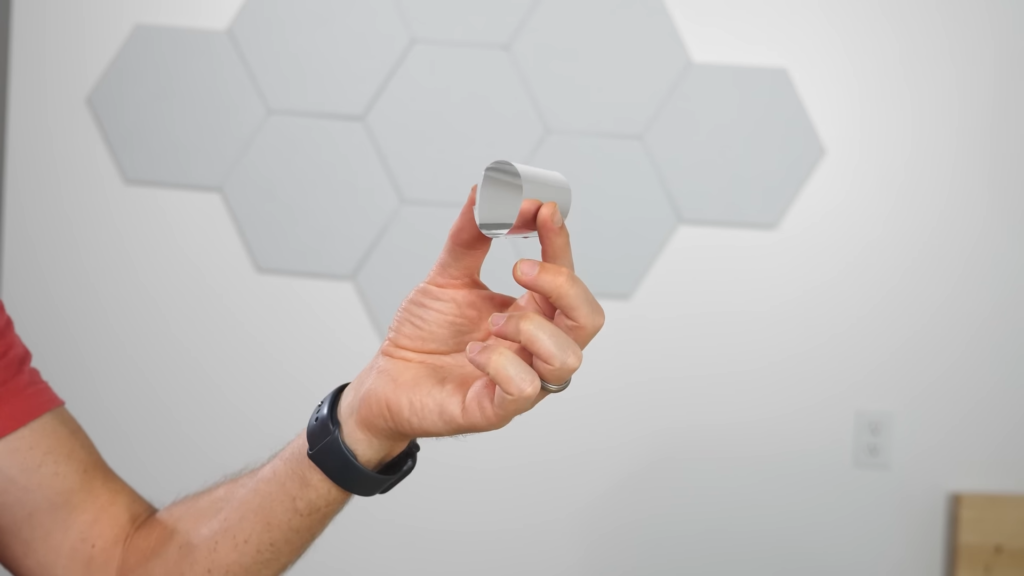
Fiber optic cables have become an essential part of the modern world. Their ability to carry large amounts of data quickly and efficiently over long distances has revolutionized communication around the globe. As technology continues to advance, fiber optics will only become increasingly important.
Disadvantages of Using Fiber Optic Cables
Although fiber optic cables offer many advantages, they are not without their drawbacks. These cables can be more expensive than traditional copper wires, since the manufacturing process is more complex and requires specialized equipment. Additionally, some applications may require multiple fibers to achieve speeds that would not be possible with one fiber alone. This makes installation time and cost higher as well.
Fiber optic cables also require more maintenance than traditional copper wires, since the optical fibers can be sensitive to dust and dirt. In addition, if the cable is damaged, the entire section may need to be replaced instead of just a single strand as with copper wires.
Finally, fiber optics are limited by distance when it comes to data transfer speed. The longer the cable, the more likely it is to suffer from signal degradation. Additionally, they are more susceptible to physical damage since they are composed of thin strands of glass or plastic fibers. [2]
Despite these drawbacks, fiber optics remain a popular choice for many applications due to their many advantages. As technology continues to advance and prices continue to drop, fiber optics will become even more widely used in the near future.
How Does a Fiber Optic Cable Work?
Fiber optic cables function by converting electrical signals into pulses of light. These light signals are then transmitted through the fiber core of the cable and converted back to electrical signals at the other end. This process happens very quickly, allowing for fast data transfer speeds over long distances.
The light pulses travel through the cable thanks to something called total internal reflection. This is when the light reflects off the walls of the cable, allowing it to travel down the length of the fiber without any signal loss. The fibers also have a core and cladding layer that helps keep the light from dispersing.
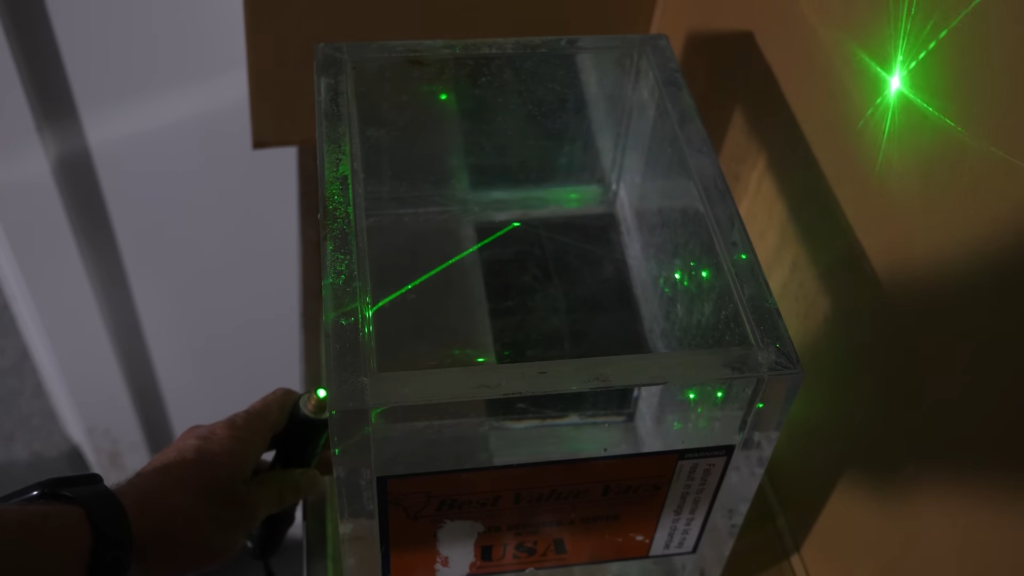
Fiber optic cables are used in many different industries, from telecommunications to medical applications. They allow for high-speed data transfer over long distances and can be used in hazardous environments where traditional copper wires would not be safe.
Core and Cladding Layers
Fiber optic cables are composed of several layers that work together to make the cable resilient and efficient. The core is a glass fiber that transmits light signals along the length of the cable. Cladding is an outer layer of glass or plastic surrounding this core. It helps keep light within the core and ensures maximum signal strength over long distances. Outside of these two main layers, fiber optic cables may also contain a buffer layer and an outer sheath. The buffer layer provides protection for the core, while the outer sheath helps protect against outdoor elements such as extreme temperatures and moisture. All of these different components work together to form a reliable connection that is capable of sending data over long distances.
Fiber optic cables can be made with various core diameters, depending on application needs. Generally, the larger the core diameter, the more light can be transmitted and therefore higher speeds are supported. Fiber optic cables also come in two main types: single-mode and multi-mode. Single-mode fiber supports long distances while multi-mode is used for shorter distances. Both types feature a similar construction consisting of a core and cladding layer. [3]
Fiber optic cables are often used in high-speed data networks such as the Internet, video conferencing, or internet TV services. These cables can also be used for telephone lines, although copper wires are still more common in this area. In addition to being extremely fast and reliable, fiber optic cables require less power than copper wires, making them more energy efficient and cost-effective. Finally, fiber optic cables are more secure than other types of wiring since they cannot be tapped or intercepted as easily.
Types of Optical Fibers
In addition to the core and cladding layers, fiber optic cables can also be made with different types of optical fibers. These fibers are categorized by their refractive index profile, which determines how much light is dispersed as it travels along the cable. The most common type is called a step-index fiber, which has a uniform refractive index throughout its length. This type of fiber is best for short, high-data rate applications.
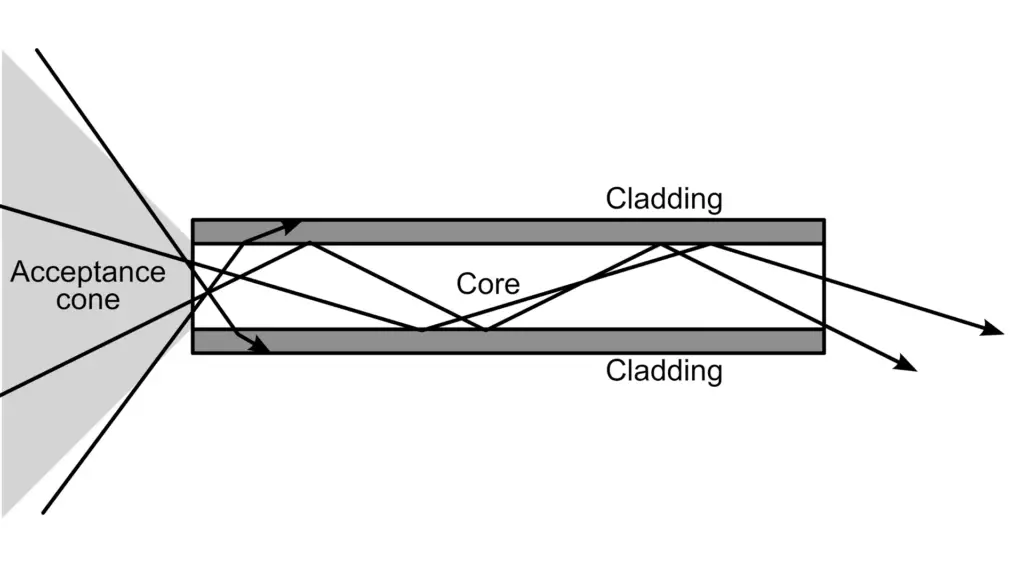
Graded-index fibers are also available and feature a refractive index that gradually decreases as it moves away from the core. This type of fiber is better suited for longer distances due to its ability to reduce signal loss. Finally, photonic crystal fibers have a more complex refractive index pattern that helps reduce interference and increase the signal strength.
Regardless of the type used, all optical fibers must be properly installed to ensure that they are able to carry light signals over long distances with minimal loss. Installing fiber optic cables requires specialized equipment and personnel, making it important to have a team of professionals on hand that can do the work correctly. With proper installation and maintenance, fiber optic cables can remain reliable and efficient for years to come.
Protecting Fiber Optics Cables
As previously mentioned, fiber optic cables are designed to be resilient against environmental elements such as moisture and extreme temperatures. However, it is still important to properly protect these cables from physical damage or interference. Depending on the application, this may involve using a variety of materials to provide additional insulation, such as conduit and ducting. It is also important to keep the cables away from any sources of potential interference, such as high-voltage power lines or other electronic devices.
Additionally, it is important to regularly inspect fiber optic cables for any signs of damage or degradation. If any issues are detected, they should be addressed quickly and professionally to ensure the cables are in proper working condition. By taking these precautions, fiber optic cables can remain reliable and efficient for many years to come. [4]
Installation Considerations for Fiber Optic Cables
When installing fiber optic cables, it is important to consider a few key factors. First, the size and weight of the cable must be taken into account when selecting an appropriate mounting method. Fiber optic cables may need to be hung from poles or buildings, for example. Additionally, it is important to make sure that all connections are secure and free from interference to ensure reliable performance. Specialized tools may be required for this step, such as a fiber optic fusion splicer or cleaver.
Finally, it is essential to take into account the distance that the cable will need to travel and any potential bends or curves along its path. Bends and kinks can cause signal loss, so it is important to plan ahead and make sure that the cable is properly routed and secured. With careful planning and installation, fiber optic cables can remain reliable and efficient for many years to come.
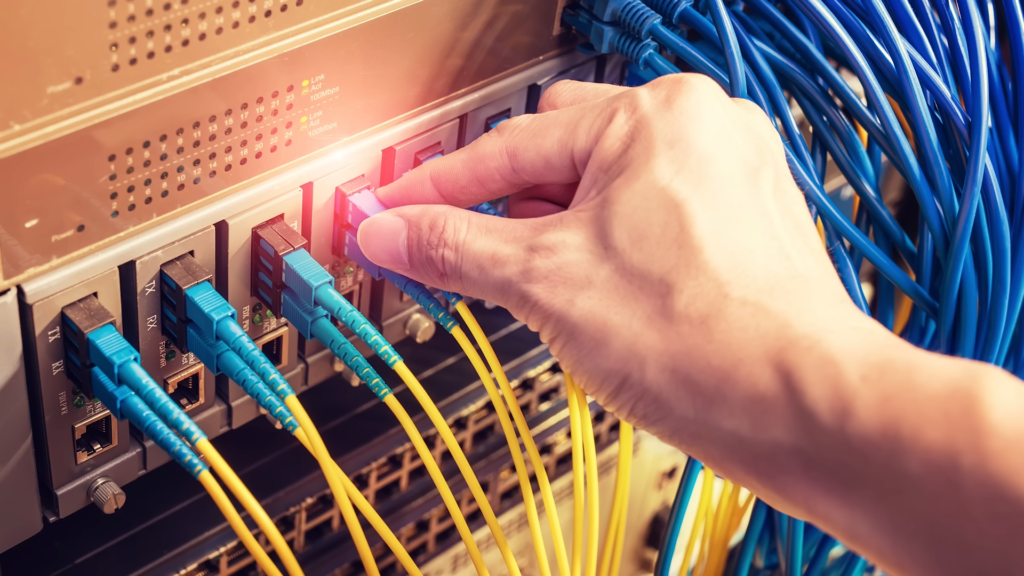
Why Do We Use Fiber Optic Cables?
Fiber optic cables are used for a variety of different applications, ranging from high-speed data networks to internet TV services. These cables offer several advantages over traditional copper wires, such as faster speeds, greater distances and reliability. Additionally, fiber optics require less power than copper wiring and are more secure due to the difficulty in tapping into them.
Considerations When Choosing a Fiber Optic Cable
When choosing a fiber optic cable, there are several considerations that must be taken into account. The first is the type of the cable. Typically, single-mode and multimode cables are used, depending on the distance between the connected devices. Single mode cables allow for greater distances to be transmitted over but require more expensive hardware whereas multimode can transmit shorter distances but with less expensive hardware.
The second consideration is the size of the cable. Generally, larger cables are more expensive but they have better bandwidth capacity and are more durable. Additionally, smaller cables may be easier to install in tight spaces due to their limited space requirements.
Finally, it is important to consider the environment in which the cable will reside in order to determine if it needs to be waterproof or dustproof. This will ensure the cable remains functional for its intended purpose and is less likely to suffer from damage due to exposure. [6]
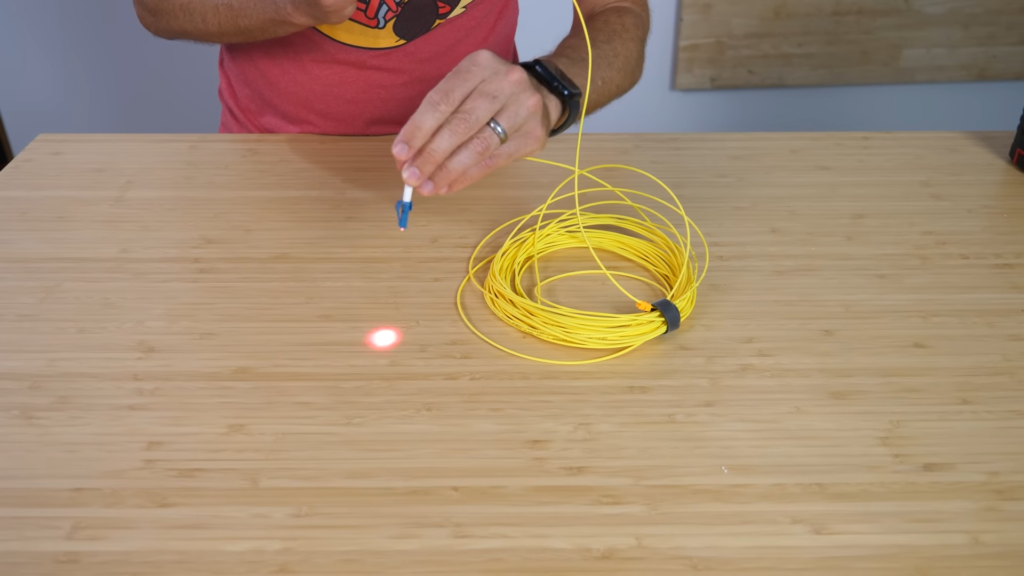
FAQs
What is a fiber optic cable?
A fiber optic cable is a type of cable that is made out of thin strands of glass or plastic, known as optical fibers. These cables are designed to carry light signals over long distances with minimal signal loss.
How does a fiber optic cable work?
Fiber optic cables use Total Internal Reflection (TIR) to transmit digital information in the form of light pulses down the length of the cable. The digital information is converted into an optical signal by a transmitter, which is then sent down the fiber optic cable. The optical signal is reflected off the walls of the cable back towards a receiver at its end, where it is decoded and returned to its original form.
What are some advantages of using fiber optic cables?
Fiber optic cables offer many advantages over traditional copper cables, including greater data carrying capacity, lower attenuation of signal strength (i.e. less signal loss), improved security, and smaller size. They are also much lighter than copper cables and require less energy to power them. All these factors make fiber optics an ideal choice for long-distance communication applications.
What are some disadvantages of using fiber optic cables?
Fiber optic cables require specialized equipment and knowledge to install, which can be expensive. The cost of the cable itself is also higher than copper cables, making them more expensive in the long run. Additionally, the signals transmitted by fiber optics cannot pass through obstructions such as walls or trees, so they are not suitable for applications where a direct line-of-sight between the two endpoints is not possible.
What kind of applications use fiber optic cables?
Fiber optics cables are used in many different types of applications, including long distance communication networks, broadcast television and radio transmission, medical imaging, industrial automation systems, internet and cable TV services, and more. The flexibility of the cable makes it suitable for a wide variety of uses.
Are fiber optic cables better than copper cables?
It depends on the application. Fiber optic cables have many advantages over copper cables, including greater data carrying capacity, lower attenuation of signal strength (i.e. less signal loss), improved security, and smaller size. However, copper cables may be more cost effective for short distance communication applications. Ultimately, it is important to weigh the pros and cons of each type of cable when making a decision about which one to use for a particular application.
What is the difference between single-mode and multi-mode fiber optic cables?
Single-mode fiber optic cables use only one mode of light to transmit information, while multi-mode fiber optic cables use multiple modes of light. Single-mode cables usually have a smaller diameter than multi-mode cables and can carry higher bandwidths over greater distances without signal loss. However, single-mode fibers are more expensive and require specialized equipment to install. Multi-mode fibers are typically used for shorter distance applications, such as local area networks.
What is the difference between an indoor and outdoor fiber optic cable?
Indoor fiber optic cables are designed for use inside buildings and typically have a protective coating to protect against dust, smoke, and other environmental conditions. Outdoor fiber optic cables are designed for direct burial in the ground or aerial installation on poles or towers, and have additional protection from the elements. Outdoor cables are also usually stronger than indoor cables, which makes them better suited for carrying heavier loads.
Are fiber optic cables future-proof?
Yes, fiber optics are considered to be a “future-proof” technology because of their high bandwidth capacity and potential for future upgrades. The data transmission rate of fiber optic cables is much higher than that of copper cables, and the technology can easily be upgraded to support faster speeds as needed. Additionally, fiber optics are reliable and secure, making them a sound investment for businesses looking to stay ahead of the curve.
What precautions should be taken when handling a fiber optic cable?
When handling a fiber optic cable, it is important to be careful not to kink or bend the cable too sharply as this can cause signal loss. It is also important to avoid scratching the connectors or tugging on the fiber strands when installing or removing the cable. Additionally, protective clothing and safety glasses should always be worn when working with fiber optics cables, as they may contain hazardous materials such as lead. Finally, it is important to follow the cable manufacturer’s recommended installation instructions when installing a fiber optic cable.
How does a fiber optic cable differ from traditional copper cables?
The main difference between fiber optic cables and traditional copper cables is the method used to transmit data. Fiber optics uses light signals, while copper cables use electrical signals. This means that fiber optics can carry much higher bandwidths over longer distances with less signal loss than a copper cable of equivalent length. Additionally, fiber optics are lighter and smaller than copper cables, making them easier to install and less expensive in the long run. Finally, fiber optics are more secure than copper cables as they are much harder to tap into or intercept.
Useful Video: Trapping a Beam of Light In a Loop Of Fiber Optic Cable
Conclusion
Fiber optic cables offer many advantages over traditional copper cables, including greater data carrying capacity, lower attenuation of signal strength (i.e. less signal loss), improved security, and smaller size. They are used in a variety of applications, from long distance communication networks to medical imaging systems. Fiber optics can be more expensive than copper cables, but are considered “future-proof”, making them a sound investment for businesses looking to stay ahead of the curve. When handling fiber optic cables, it is important to take necessary precautions such as wearing protective clothing and following manufacturer’s installation instructions. Ultimately, choosing between copper and fiber optics will depend on the application and which cable offers more advantages for that particular situation.
References
- https://conquerallelectrical.ca/what-does-fiber-optic-cable-look-like/
- https://www.cablematters.com/Blog/Networking/fiber-optic-cable-types-a-complete-guide
- https://www.nai-group.com/optical-fiber-technology-how-it-works/
- https://www.explainthatstuff.com/fiberoptics.html
- https://www.techtarget.com/searchnetworking/definition/fiber-optics-optical-fiber
- https://www.verizon.com/articles/internet-essentials/fiber-optics-definition/





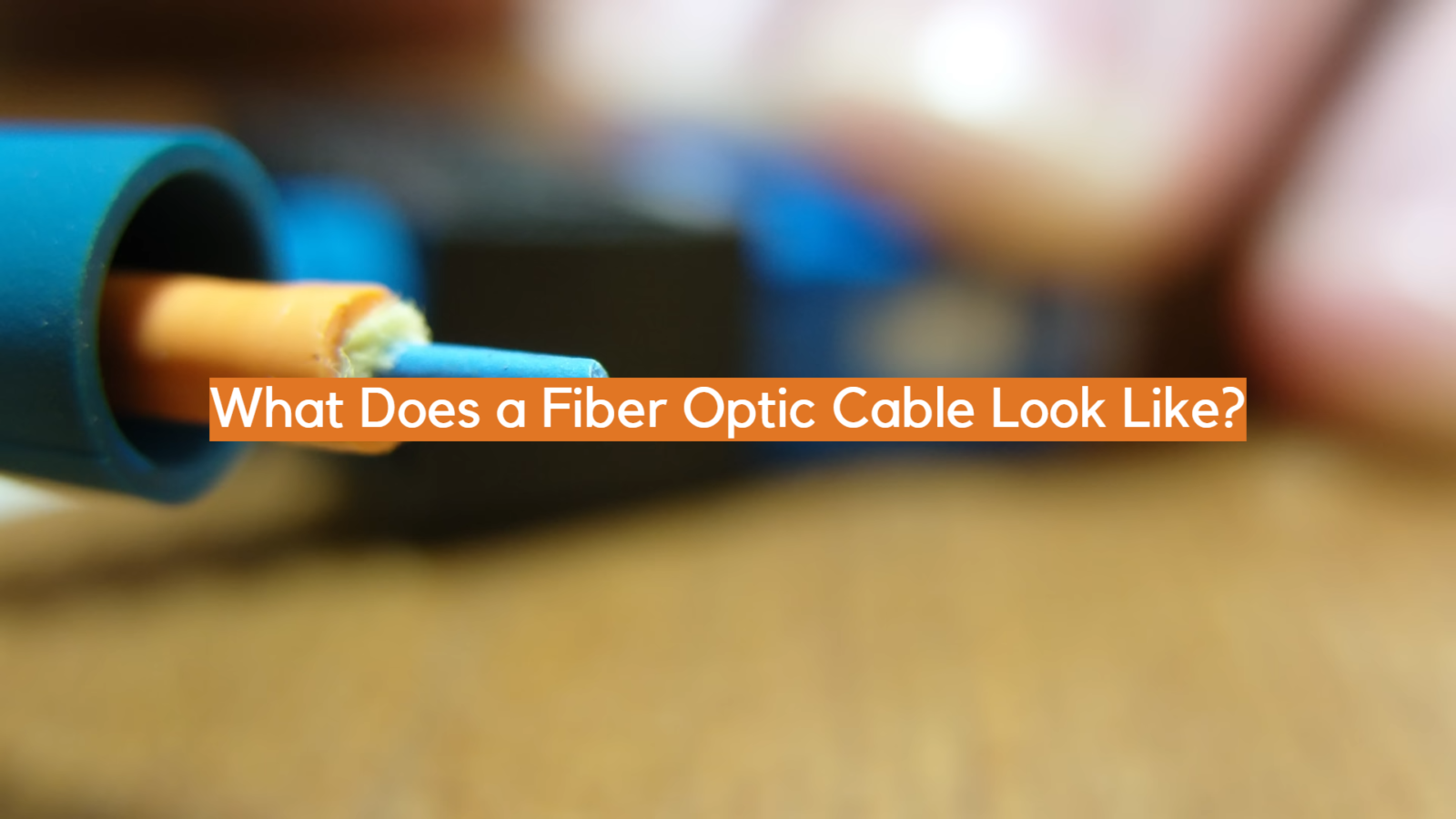




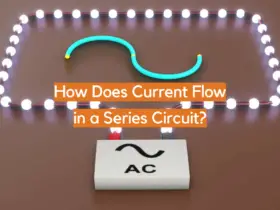
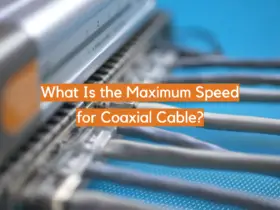


Leave a Reply